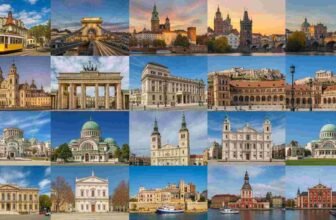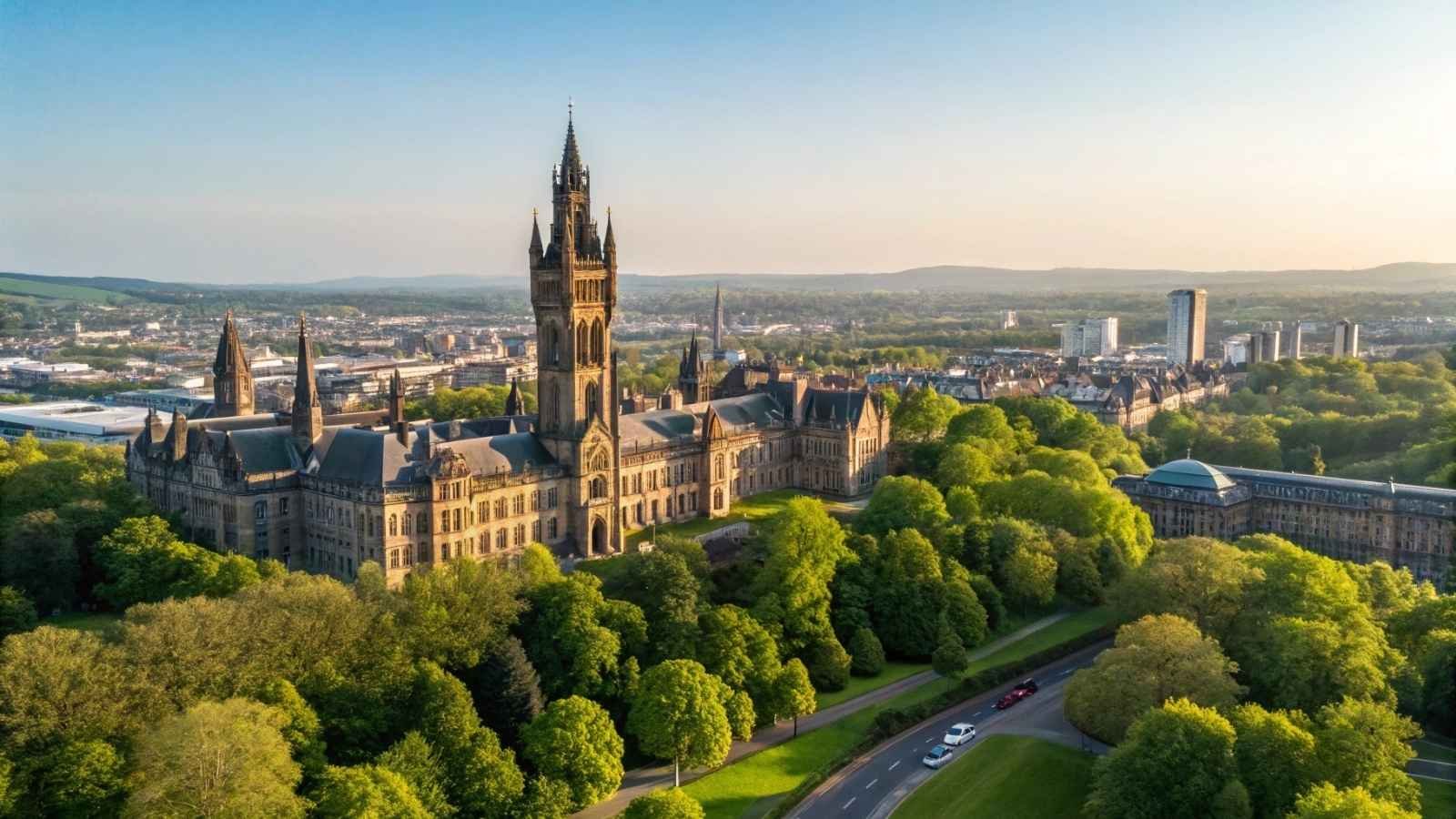
Raw edges often tell the best stories. Behind the glossy postcards and overly filtered Instagram feeds, some cities get dismissed as too messy, too gray, or too chaotic.
Yet, these very places hold the kind of energy and beauty that can’t be staged—the kind that lingers long after you’ve left. From streets alive with flavor to neighborhoods bursting with resilience, these so-called “ugly” cities offer a different kind of paradise.
They’re not about perfection; they’re about authenticity. And once you step into them, you realize that the world’s most unforgettable experiences aren’t always conventionally beautiful.
1. Naples, Italy
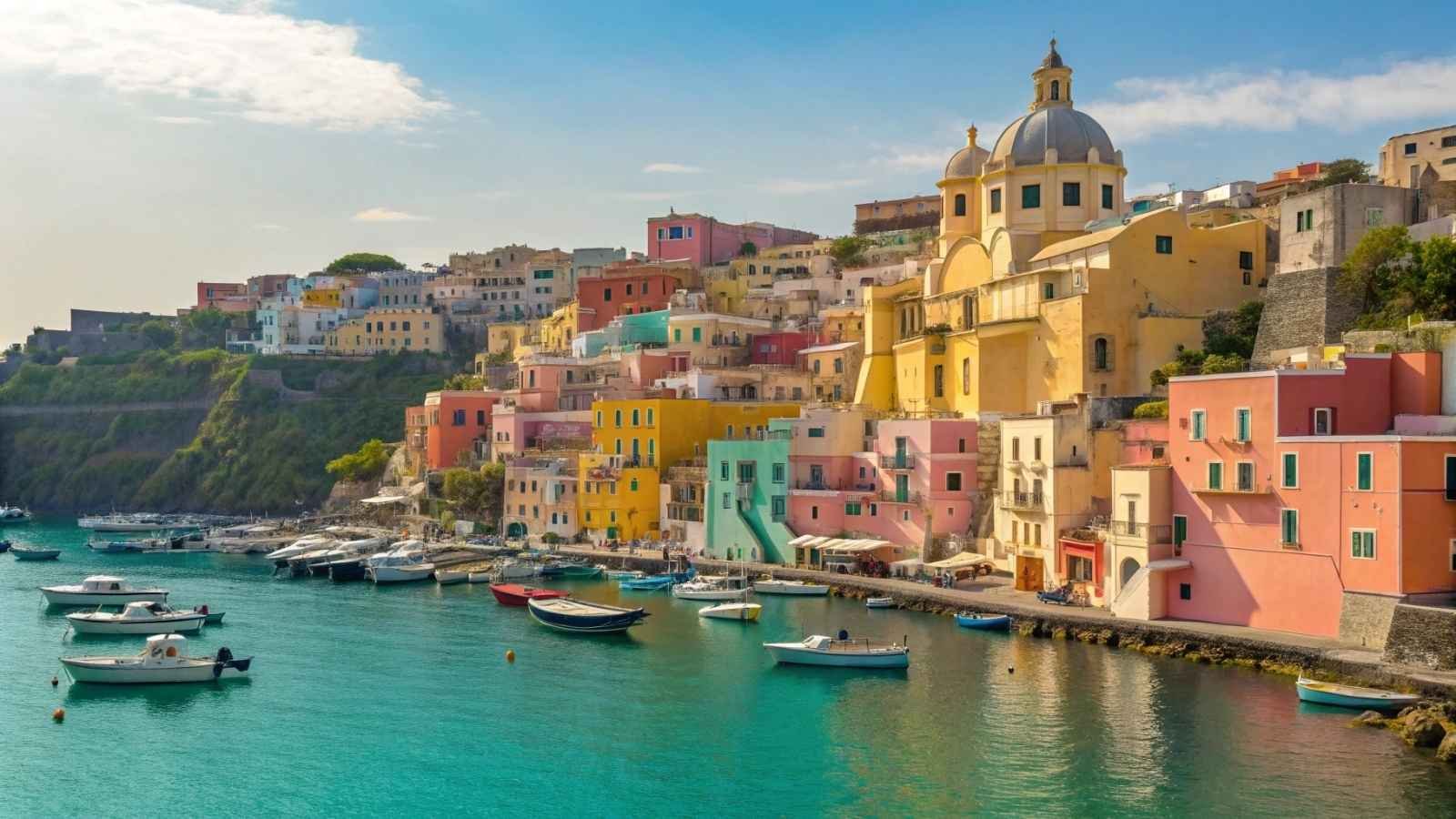
Naples has long carried the reputation of being Italy’s gritty, chaotic cousin, but spend even a few days here and you’ll realize it’s nothing short of magic. The city pulses with energy, its streets lined with laundry-draped balconies, honking scooters, and lively markets. What some might call messy is Naples’ charm—there’s a raw authenticity here that polished cities can’t replicate. The layers of history, from Roman ruins to Spanish palaces, are woven into daily life.
Then, of course, there’s the food. Naples is the birthplace of pizza, and it shows. Locals treat pizza-making like an art form, and even the simplest margherita from a corner shop will spoil you for life. Beyond pizza, the seafood is outstanding, thanks to the city’s position on the Bay of Naples. Eating in Naples feels like a celebration—you’ll never sit down to a dull meal.
Step outside the bustle, and you’ve got jaw-dropping access to nearby treasures: Pompeii, Capri, and the Amalfi Coast are just a short trip away. Naples offers the best of both worlds—a lively city that feels deeply lived-in and a perfect base for some of Italy’s most iconic sights.
- Best months to visit: April–June, September–October
- Known for: Birthplace of pizza, historic city center (UNESCO), vibrant street culture
- Nearby highlights: Pompeii, Amalfi Coast, Capri
- Budget tip: Street food is outstanding and cheap—grab fried pizza or sfogliatella pastries for a few euros
2. Marseille, France
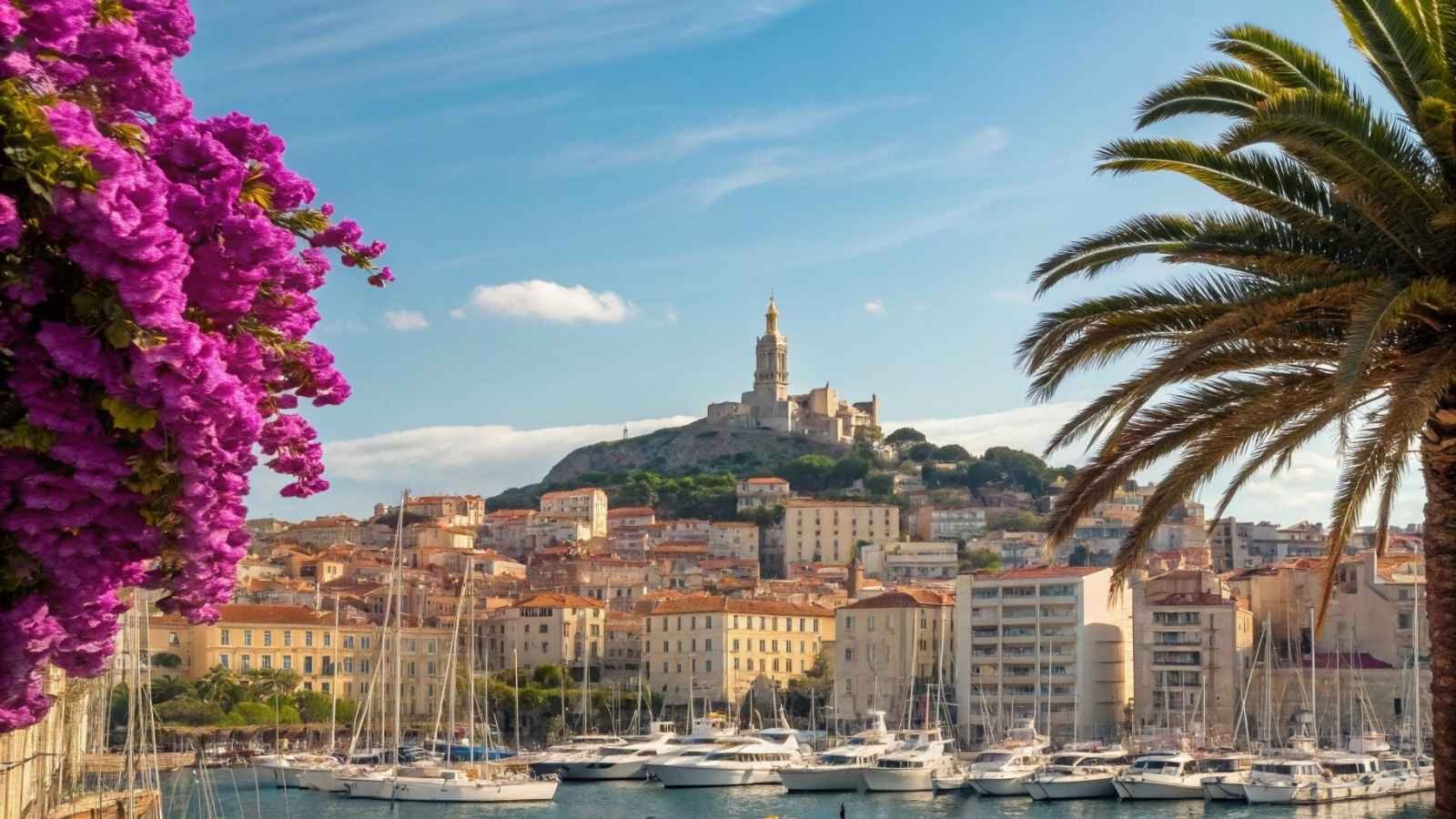
Marseille often gets labeled as “rough around the edges,” but that’s exactly what makes it so refreshing. Unlike Paris, this Mediterranean port city has always been about diversity and grit. Walking through its neighborhoods, you hear a dozen languages, smell spices from North Africa, and see street art splashed across entire buildings. Marseille doesn’t try to be perfect—it thrives on its raw, multicultural spirit.
The city is also a feast for the senses. Its old port is a hub for fresh seafood, where fishermen sell their catch each morning. Bouillabaisse, Marseille’s iconic fish stew, is best savored here, and if you’re into markets, the North African souks overflow with colors and aromas you won’t find elsewhere in France. The food reflects the city: bold, diverse, and unpretentious.
Nature lovers aren’t left out either. Just beyond the city lie the Calanques, dramatic limestone cliffs plunging into turquoise waters. A hike or boat ride there shows why Marseille is far more than its urban reputation. It’s a city where you can have a gritty cultural adventure one day and a seaside escape the next.
- Best months to visit: May–June, September
- Known for: Bouillabaisse, multicultural neighborhoods, Old Port
- Nearby highlights: Calanques National Park, Château d’If, Provence day trips
- Budget tip: Skip pricey restaurants—dockside seafood shacks serve excellent meals at half the cost
3. Detroit, USA
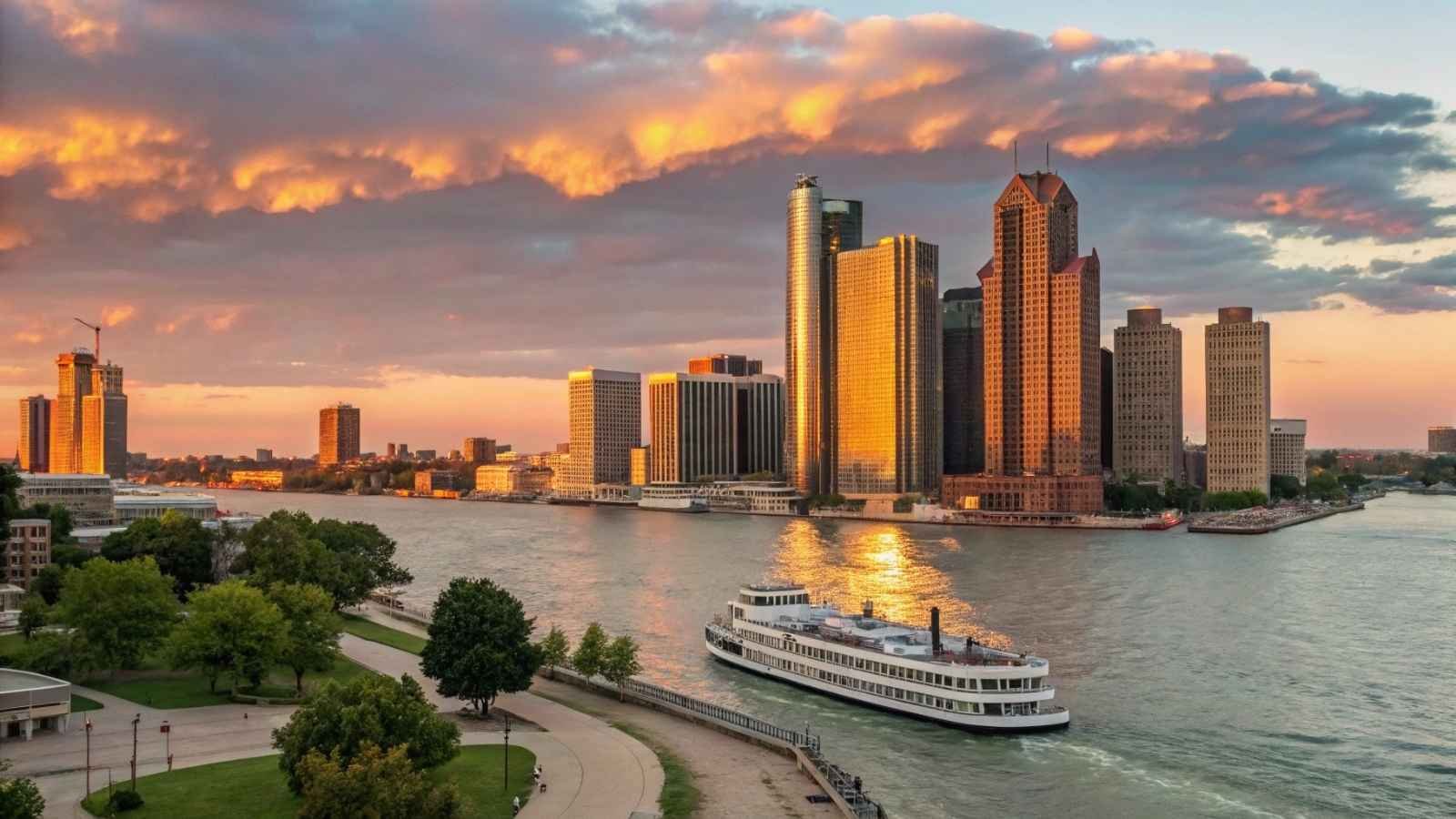
For decades, Detroit was dismissed as a city in decline, but today it’s experiencing a true revival. The abandoned factories and warehouses that once symbolized decay are now being reborn as breweries, art spaces, and music venues. Walking through Detroit today feels like watching a comeback story in motion—it’s not polished, but it’s full of grit, creativity, and possibility.
Detroit’s cultural roots run deep. This is the city that gave the world Motown, and music is still its heartbeat. Jazz clubs, indie rock venues, and even techno raves keep nights lively. Add in the city’s thriving art scene, where massive murals color entire neighborhoods, and Detroit feels more alive than ever. The Detroit Institute of Arts, with its Rivera murals, rivals major museums around the world.
What surprises most visitors is the food. Detroit-style pizza, with its thick, crispy crust and caramelized edges, is a must-try, but the dining scene goes way beyond that. From soulful BBQ joints to high-end dining by young local chefs, Detroit’s food renaissance mirrors its overall energy. It’s proof that the Motor City has a lot more horsepower than people think.
- Best months to visit: May–October
- Known for: Motown music, automotive history, revitalized arts and dining scene
- Nearby highlights: Belle Isle Park, Motown Museum, Eastern Market
- Budget tip: Free walking tours cover Detroit’s architecture and history—a great way to explore without spending much
4. Tbilisi, Georgia
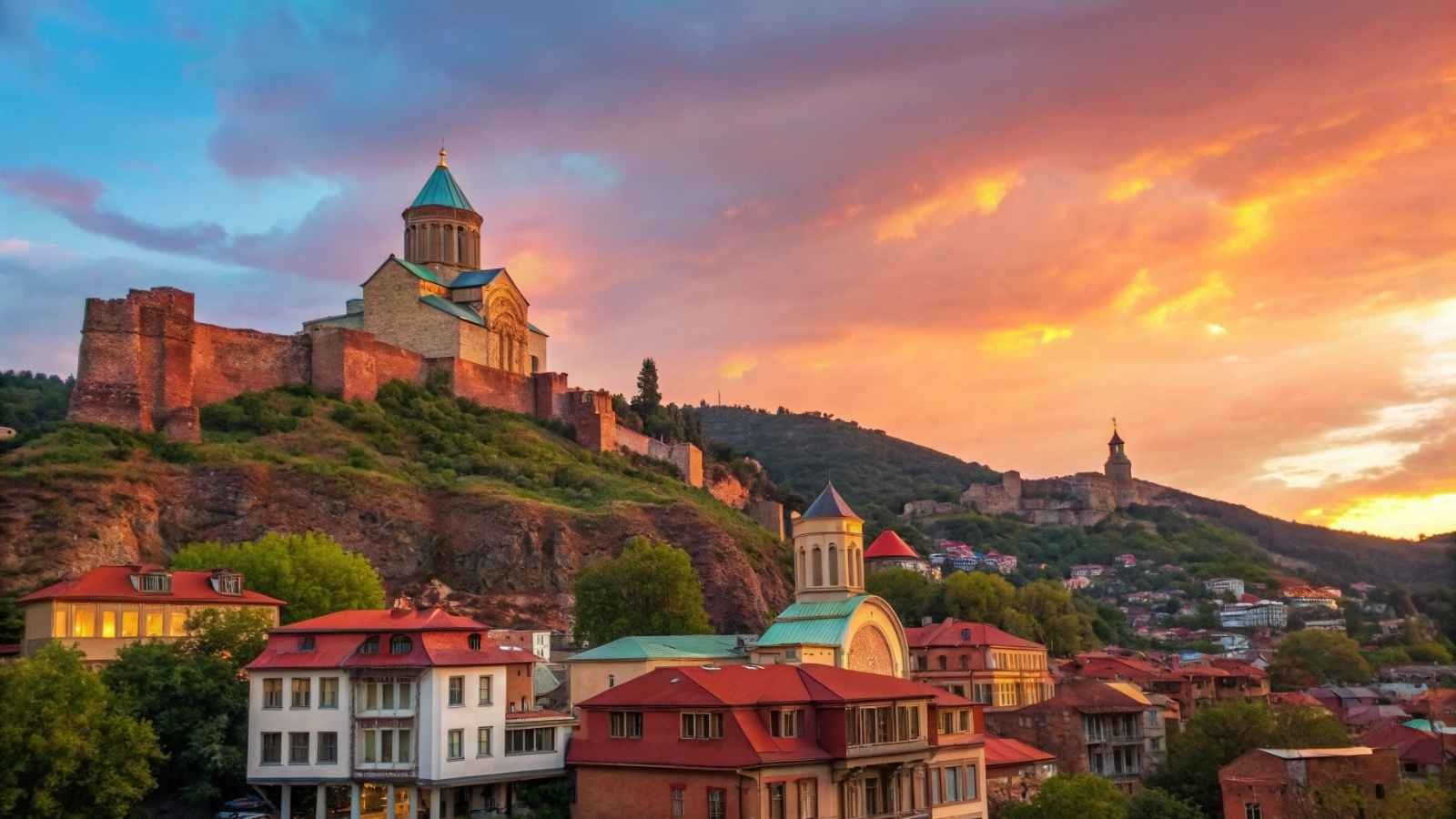
Tbilisi often gets overlooked in favor of European capitals, but this city is one of the most unexpectedly charming places you’ll ever visit. Its architecture is an eclectic mix: crumbling Soviet blocks, ornate Art Nouveau facades, and colorful wooden balconies that seem to hang by a thread. That layered history makes the city feel like a living museum, but with a warmth and friendliness that few places match.
The food and wine alone could keep you here for weeks. Georgia is one of the oldest wine-producing regions in the world, and Tbilisi takes great pride in that heritage. Traditional supra feasts, where tables overflow with khachapuri (cheese bread), khinkali (dumplings), and endless toasts, are not just meals—they’re cultural rituals. Sharing food here feels like being welcomed into the family.
Add to that the natural beauty just outside the city: snow-capped mountains in the Caucasus, monasteries perched on cliffs, and hot sulfur baths right in the heart of town. Tbilisi may not be the sleekest capital, but its soulful character and generous spirit make it unforgettable.
- Best months to visit: May–June, September–October
- Known for: Wine culture, sulfur baths, diverse architecture
- Nearby highlights: Caucasus Mountains, Mtskheta (UNESCO site), Kakheti wine region
- Budget tip: Tbilisi is very affordable—meals and wine often cost a fraction of Western Europe
5. Medellín, Colombia

Once notorious for its troubled past, Medellín has completely reinvented itself as one of the most vibrant cities in South America. Known as the “City of Eternal Spring” for its perfect year-round climate, Medellín is buzzing with innovation, public art, and community energy. What makes it special is how a city once associated with danger now feels forward-thinking and full of hope.
The neighborhoods tell the story best. Comuna 13, once one of the most dangerous districts, is now covered in breathtaking street art and connected by outdoor escalators that symbolize progress and accessibility. The city’s metro cable cars glide over hillsides, not just as transport, but as lifelines linking communities. Medellín has embraced urban transformation in a way few places have.
The food scene adds another layer of appeal. From hearty bandeja paisa plates to hip cafes serving Colombian coffee at its finest, Medellín is a city that knows how to feed both body and soul. Add in the friendliness of the locals—the paisas—and you’ve got a destination that’s welcoming, dynamic, and utterly different from its outdated reputation.
- Best months to visit: December–March, June–August
- Known for: “City of Eternal Spring” climate, transformation story, street art
- Nearby highlights: Guatapé, coffee region, cable car rides over the city
- Budget tip: Take the metro cable cars for the price of a regular metro ticket—it doubles as sightseeing
6. Glasgow, Scotland
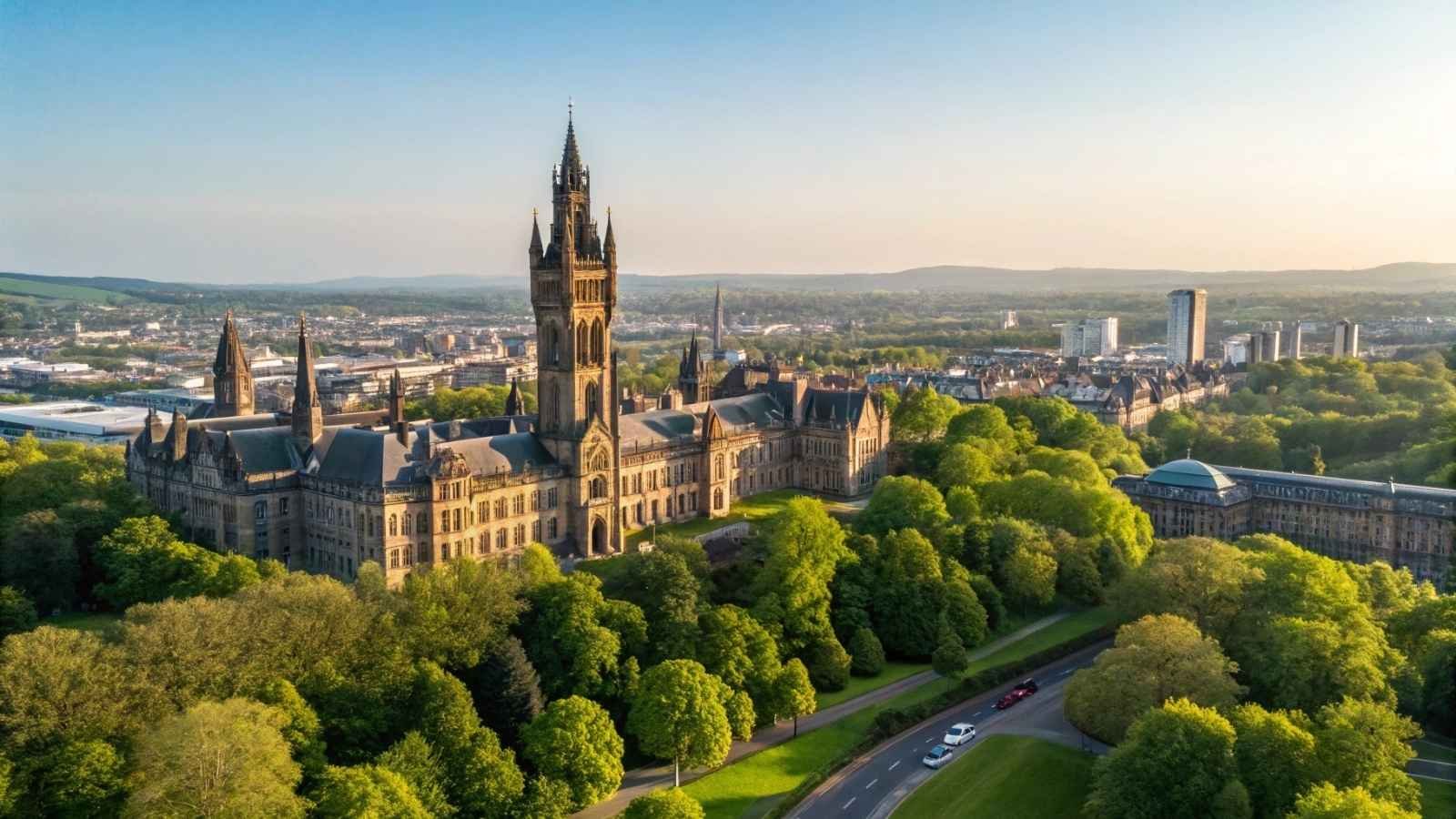
Glasgow doesn’t always get the love that Edinburgh does, but ask anyone who spends time here and they’ll tell you: this city has soul. Known for its industrial past, Glasgow carries a reputation for being a bit “gritty,” but beneath that is a cultural powerhouse. The city’s music scene is legendary—live gigs spill out from pubs and concert halls every night, giving it the nickname “the UK’s music capital.”
Architecture fans are in for a treat, too. Victorian-era buildings dominate the city center, while Charles Rennie Mackintosh’s Art Nouveau designs add flair. Glasgow’s galleries, like the Kelvingrove Art Gallery and Museum, showcase everything from medieval armor to Dalí paintings. This balance of rough charm and world-class culture makes the city feel layered and authentic.
But the best part of Glasgow might just be its people. Locals are famously warm, down-to-earth, and always ready for a laugh. That friendliness transforms the city from a collection of buildings into a place that feels genuinely welcoming. It’s proof that sometimes the “ugly” label hides the most beautiful spirit.
- Best months to visit: May–September
- Known for: Live music scene, Victorian architecture, warm locals
- Nearby highlights: Loch Lomond, Edinburgh (just 1 hr away), Scottish Highlands
- Budget tip: Many of Glasgow’s top museums are completely free
7. Porto, Portugal
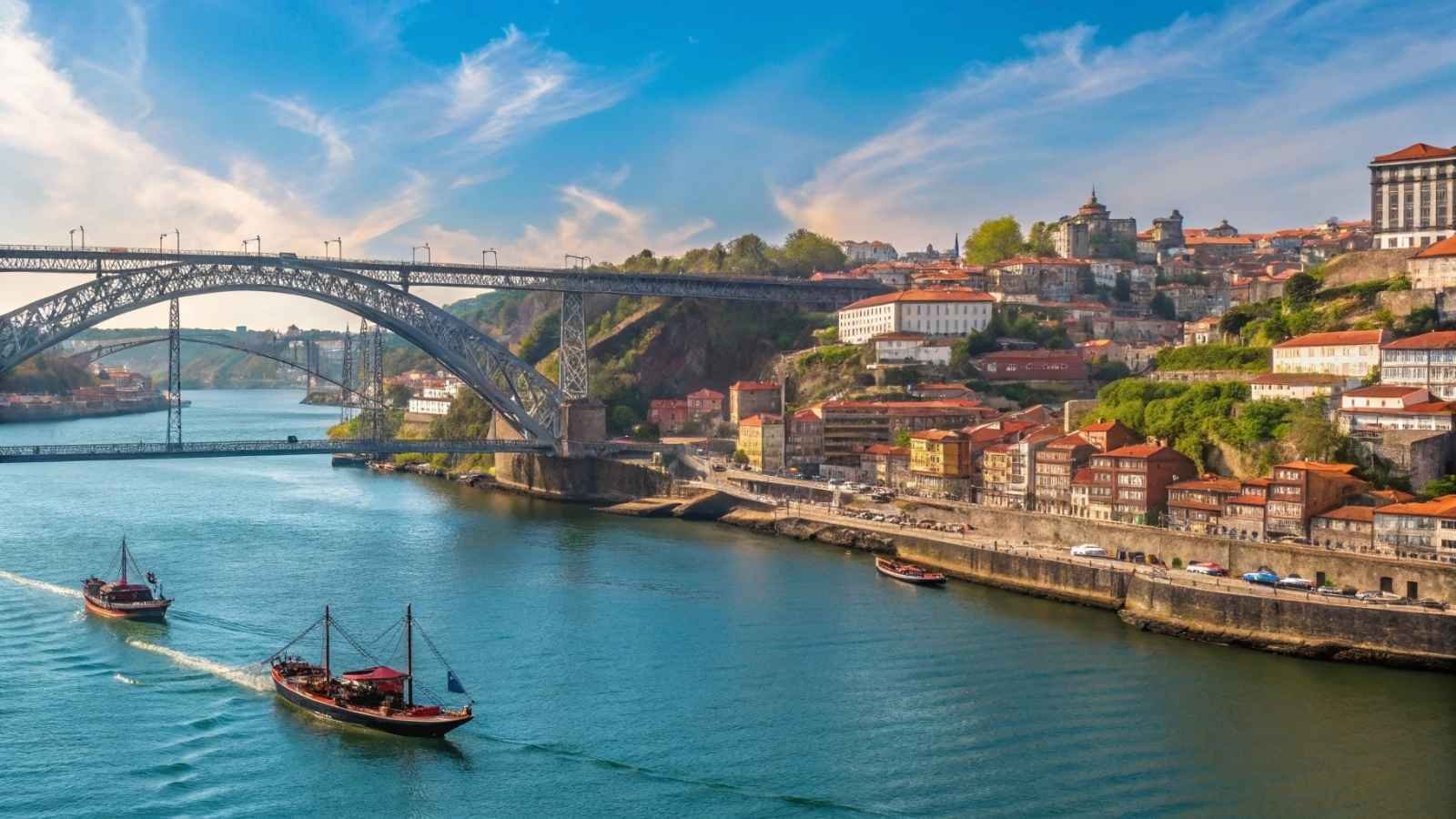
Often overshadowed by Lisbon, Porto has an unpolished charm that makes it unforgettable. Its hillside neighborhoods tumble down to the Douro River, where traditional rabelo boats still float, carrying the memory of the city’s port wine trade. The narrow, tiled streets might not always look postcard-perfect, but they hum with life and authenticity.
Porto’s food and drink scene is a standout. You’ll find Francesinha, a hearty sandwich drowned in sauce, as well as cozy taverns serving glasses of world-famous port wine. The city blends tradition with innovation—you can sip port in centuries-old cellars or at modern rooftop bars overlooking the city. Food here isn’t about fancy plates; it’s about flavors that tell stories.
What makes Porto feel like “paradise” is its rhythm. Days start slowly with strong coffee, afternoons linger by the river, and evenings spill into wine cellars or fado music bars. It’s laid-back, soulful, and deeply rewarding. Porto may not be polished, but it’s beautifully real.
- Best months to visit: May–September
- Known for: Port wine, tiled buildings, riverside charm
- Nearby highlights: Douro Valley wine tours, Braga, Guimarães
- Budget tip: Try a local tasca (small eatery) for authentic meals at a fraction of tourist prices
8. Belgrade, Serbia
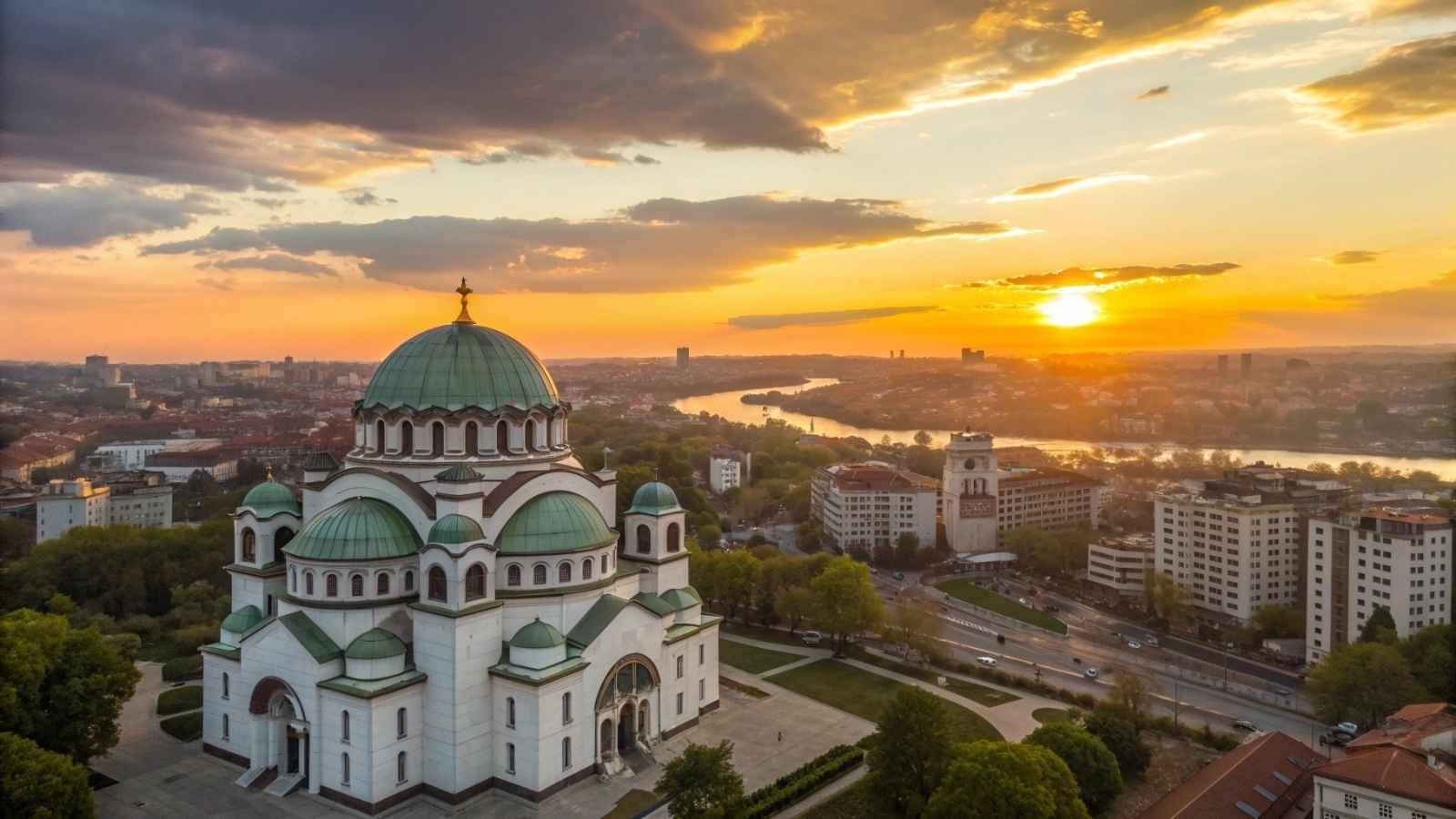
Belgrade has scars from its turbulent past, and that’s partly why it gets overlooked—but today, it’s one of Europe’s most exciting capitals. The city thrives on contrasts: Soviet-era blocks stand alongside grand Austro-Hungarian architecture, while vibrant street art colors entire neighborhoods. It’s not polished, but it’s raw, buzzing with life, and known for being one of the best nightlife cities in Europe.
The nightlife is legendary. Floating river clubs on the Danube and Sava Rivers keep music going until sunrise, offering everything from electronic beats to jazz sessions. But Belgrade isn’t just about partying. Its fortress, Kalemegdan, overlooks the confluence of two rivers and offers one of the most dramatic city views in the Balkans.
Food plays a big role, too. Hearty Balkan cuisine—think grilled meats, fresh bread, and cheese-filled pastries—goes hand in hand with warm hospitality. Eating here often feels like being welcomed into someone’s home. Belgrade may not have the glossy tourist polish of Paris or Rome, but it offers energy, resilience, and spirit in abundance.
- Best months to visit: May–June, September
- Known for: Nightlife, street art, riverside culture
- Nearby highlights: Novi Sad, Danube River cruises, Avala Mountain
- Budget tip: Belgrade is still very affordable compared to Western Europe—great for budget travelers
9. Mexico City, Mexico
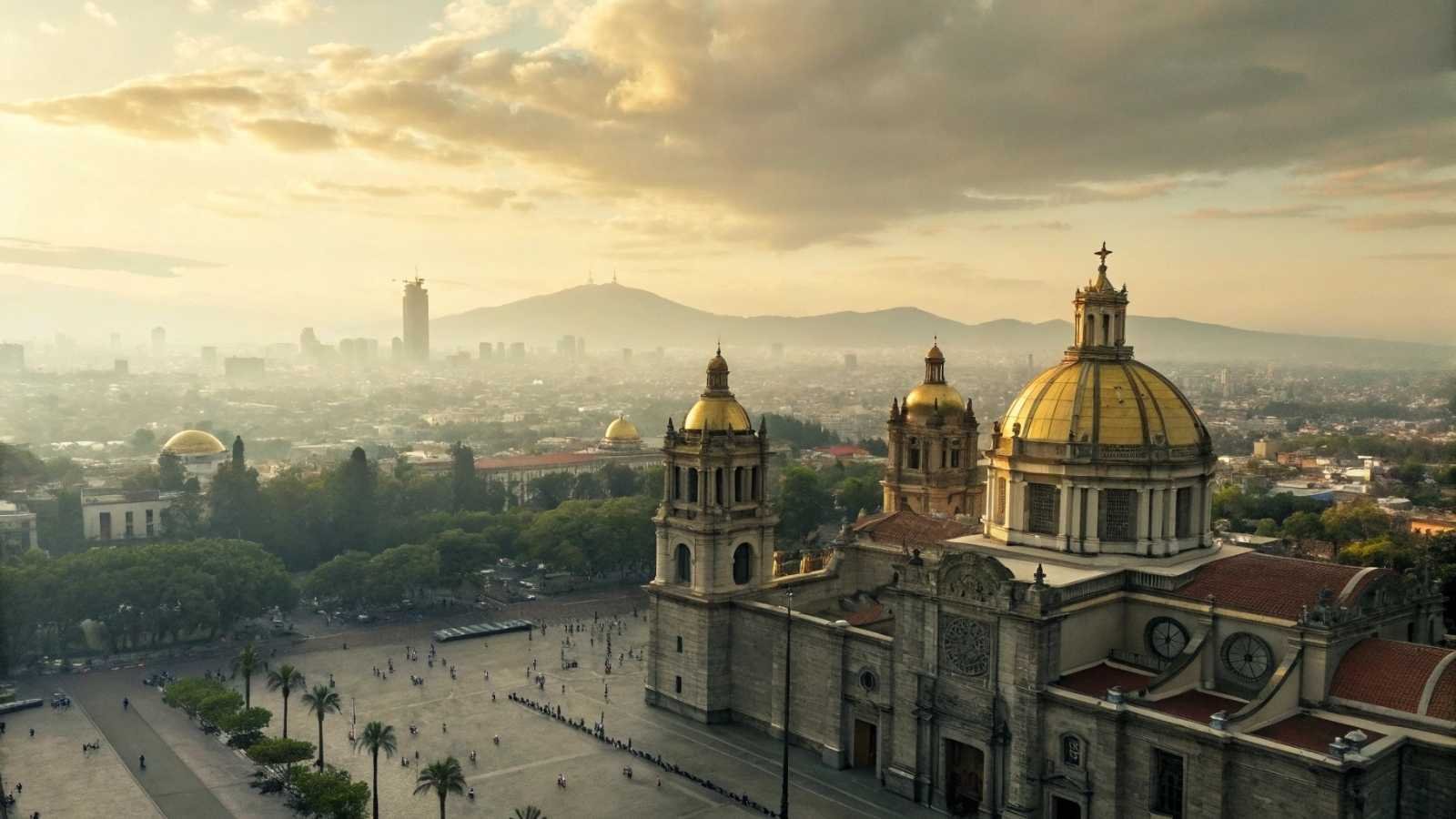
Mexico City is often dismissed as too chaotic or overwhelming, but those who visit quickly discover it’s a cultural treasure trove. This is one of the largest cities in the world, yet it balances urban hustle with leafy plazas, Aztec ruins, and world-class museums. It’s a city that tells Mexico’s story in every corner—from pre-Hispanic history to cutting-edge art.
Food here is a universe of its own. From street tacos that cost pennies to Michelin-starred restaurants redefining Mexican cuisine, eating in Mexico City is a full experience. Every neighborhood has its specialty—al pastor tacos in Roma, tamales in Coyoacán, and markets bursting with flavors you won’t forget. It’s no wonder foodies around the globe call it one of the best cities to eat in.
Beyond the food, the energy of the city is captivating. Murals by Diego Rivera, the vast Zócalo square, and the floating gardens of Xochimilco all tell parts of the city’s complex story. Yes, it’s messy and crowded, but that chaos comes with vibrancy and warmth that’s hard to find elsewhere. Mexico City is proof that “ugly” is often just another word for misunderstood.
- Best months to visit: March–May, September–November
- Known for: Street food, Aztec ruins, colorful markets
- Nearby highlights: Teotihuacan pyramids, Xochimilco canals, Frida Kahlo Museum
- Budget tip: Street food is not just cheap but also some of the best in the world
10. Tirana, Albania
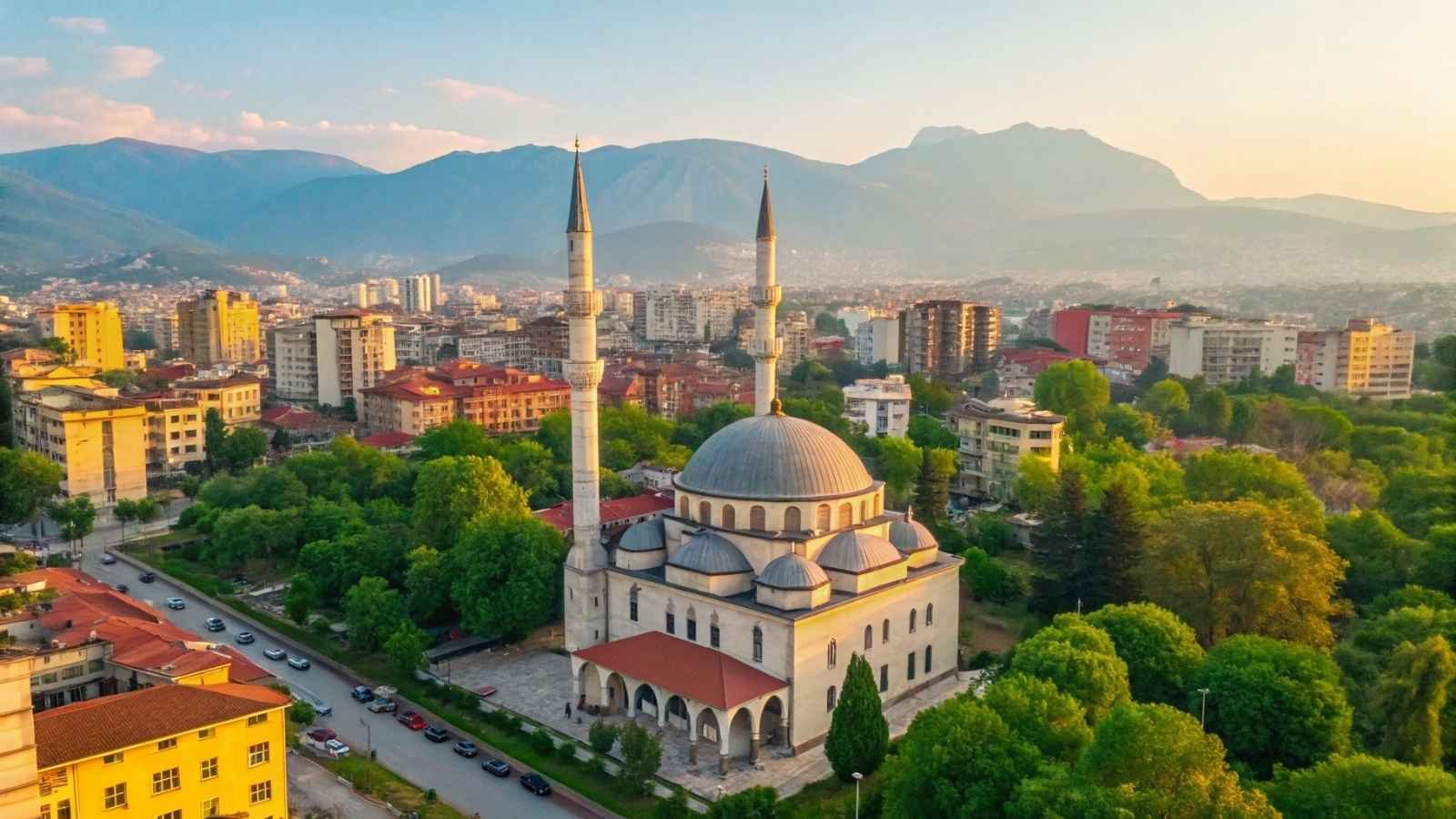
Tirana used to be seen as drab and gray, a leftover from Albania’s communist era, but today it’s bursting with color and life. Buildings that were once dull concrete blocks are now painted in bold shades of pink, green, and yellow, giving the city a playful feel. It’s not what most travelers expect—and that’s exactly why it’s such a pleasant surprise.
The city is transforming. Cafes line the boulevards, art installations pop up in public spaces, and a new energy is reshaping Tirana into a creative hub. The local food scene is another highlight, mixing Mediterranean flavors with Balkan heartiness. Dining out is relaxed, affordable, and always generous.
What makes Tirana stand out is the sense of discovery. Because Albania was closed off for so long, many visitors find the city refreshingly untouristy. Conversations with locals often lead to hidden gems—from neighborhood bakeries to tucked-away viewpoints. Tirana is a reminder that cities don’t need polish to be full of character.
- Best months to visit: April–June, September–October
- Known for: Colorful architecture, café culture, warm hospitality
- Nearby highlights: Dajti Mountain cable car, Krujë Castle, Adriatic coast
- Budget tip: Tirana is very affordable—coffee culture is strong, and a cappuccino costs under $1
11. Athens, Greece
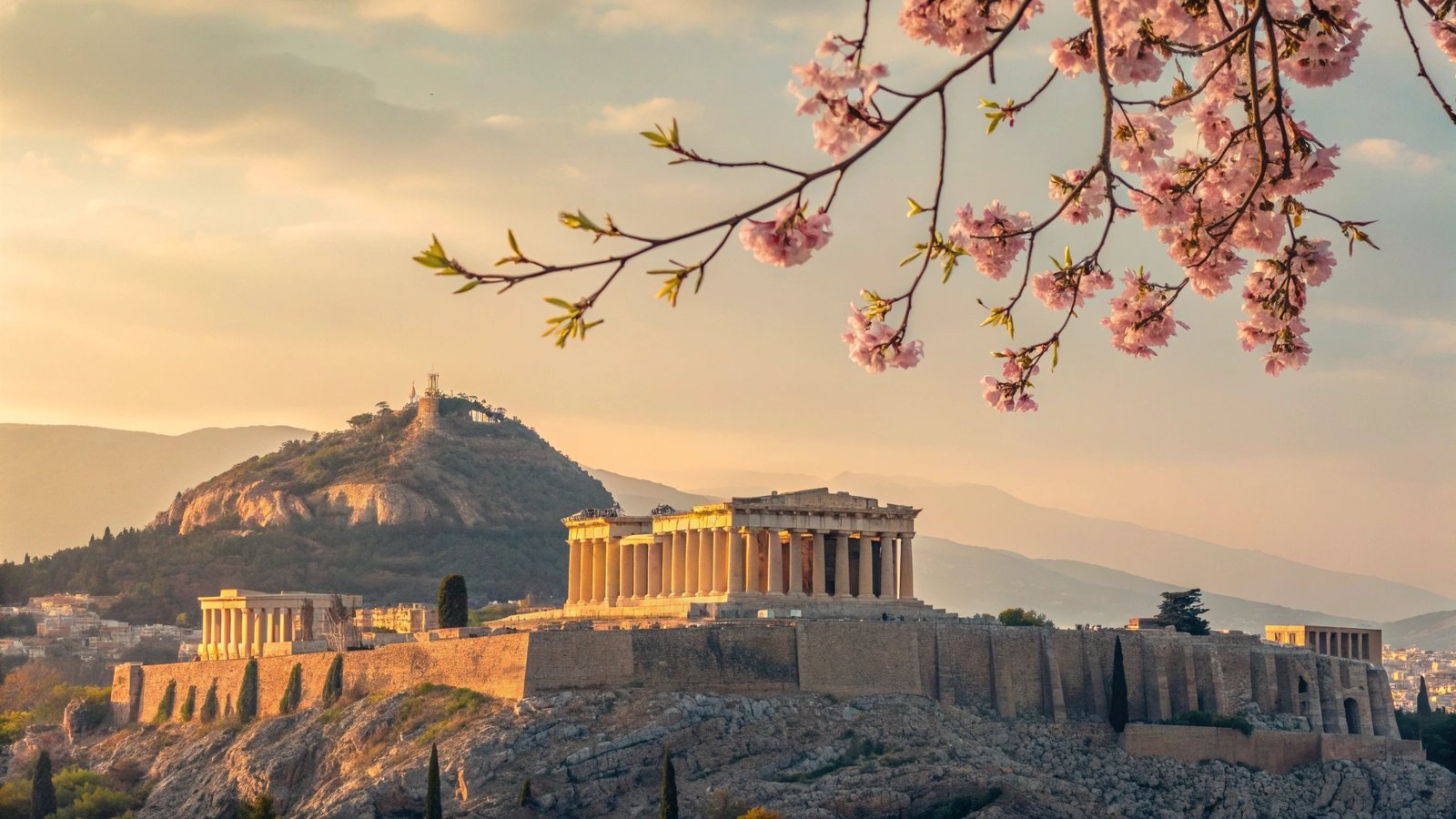
Athens often gets unfairly labeled as a “concrete jungle,” especially compared to the postcard-perfect Greek islands. But step into the city and you’ll realize it’s one of the most fascinating places in Europe. Where else can you sip coffee in a modern café while gazing up at the Acropolis towering over you? Athens is messy, loud, and alive—but that’s part of its electricity.
Beyond its ancient ruins, the city thrives with creativity. Neighborhoods like Psiri and Exarchia are covered in bold street art, while Monastiraki buzzes with flea markets and tavernas serving souvlaki hot off the grill. The nightlife is equally diverse—rooftop bars, rebetiko music clubs, and beachside parties all within reach.
Athens isn’t just a stopover for the islands—it’s a city that reveals the pulse of modern Greece while keeping one foot firmly in its legendary past.
- Best months to visit: April–June, September–October
- Known for: The Acropolis, lively tavernas, street art culture
- Nearby highlights: Cape Sounion, the Greek Islands, and Delphi
- Budget tip: Many archaeological sites are free on the first Sunday of each month
12. Palermo, Italy
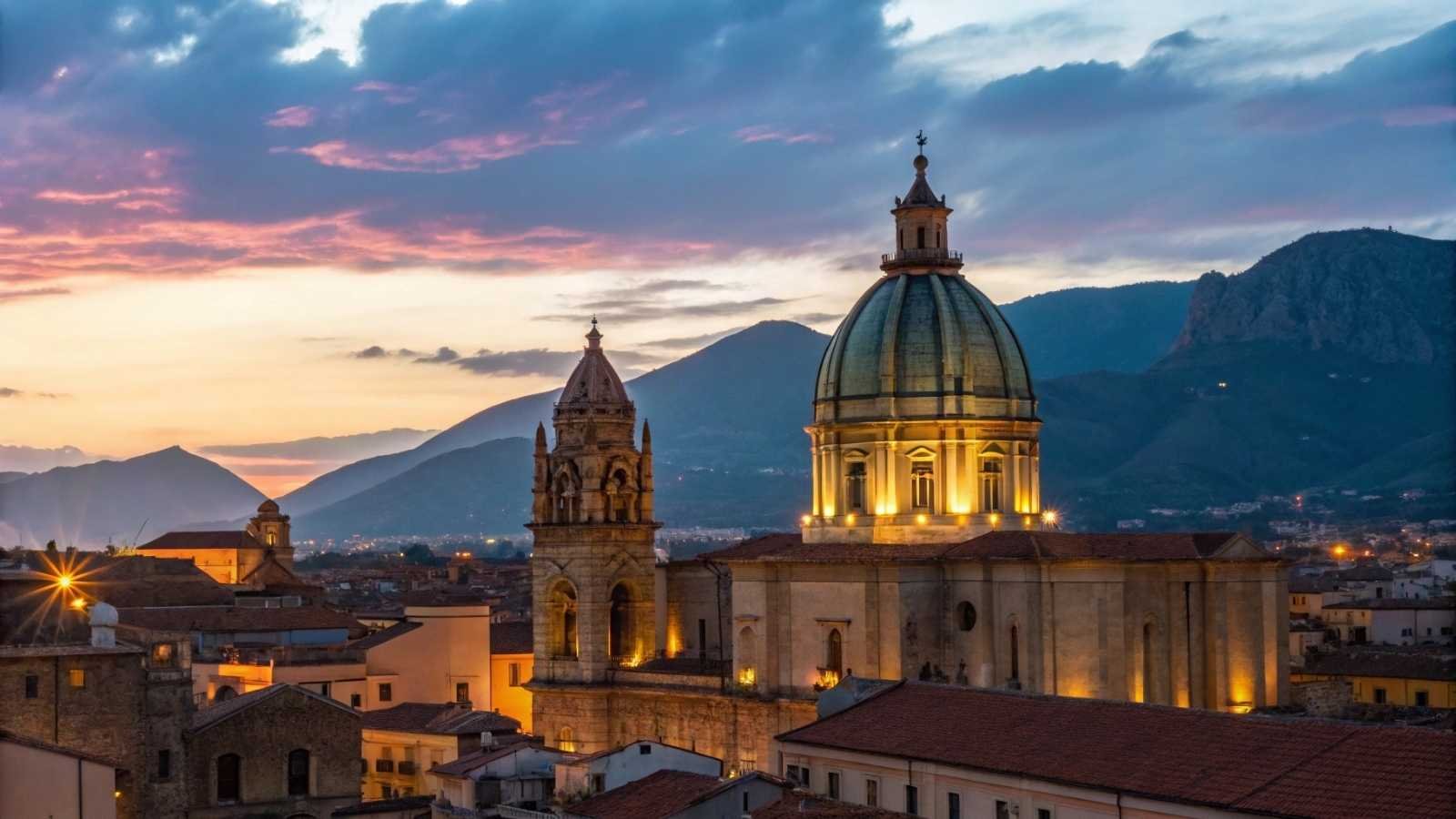
Palermo is the kind of city that throws all your senses into overdrive. Its reputation for being chaotic or a bit rough hides the truth: this Sicilian capital is bursting with flavor, history, and warmth. Walk through its markets—Ballarò or Vucciria—and you’ll hear vendors shouting, smell spices, and taste fried arancini right from the pan.
The city wears its history openly. Layers of Norman, Arab, and Baroque architecture stand side by side, telling the story of Sicily’s crossroads past. Palermo Cathedral alone looks like a patchwork of civilizations. The streets may not always be tidy, but the grandeur peeks through at every corner.
What makes Palermo feel like “paradise” is the energy. It’s a place where dinner starts at 9 pm, conversations spill into the streets, and life feels unapologetically vibrant. Palermo may be imperfect, but it’s gloriously alive.
- Best months to visit: April–June, September–October
- Known for: Street markets, Arab-Norman architecture, Sicilian food
- Nearby highlights: Monreale, Cefalù, Sicilian beaches
- Budget tip: Street food is cheap, filling, and a cultural experience in itself
13. São Paulo, Brazil
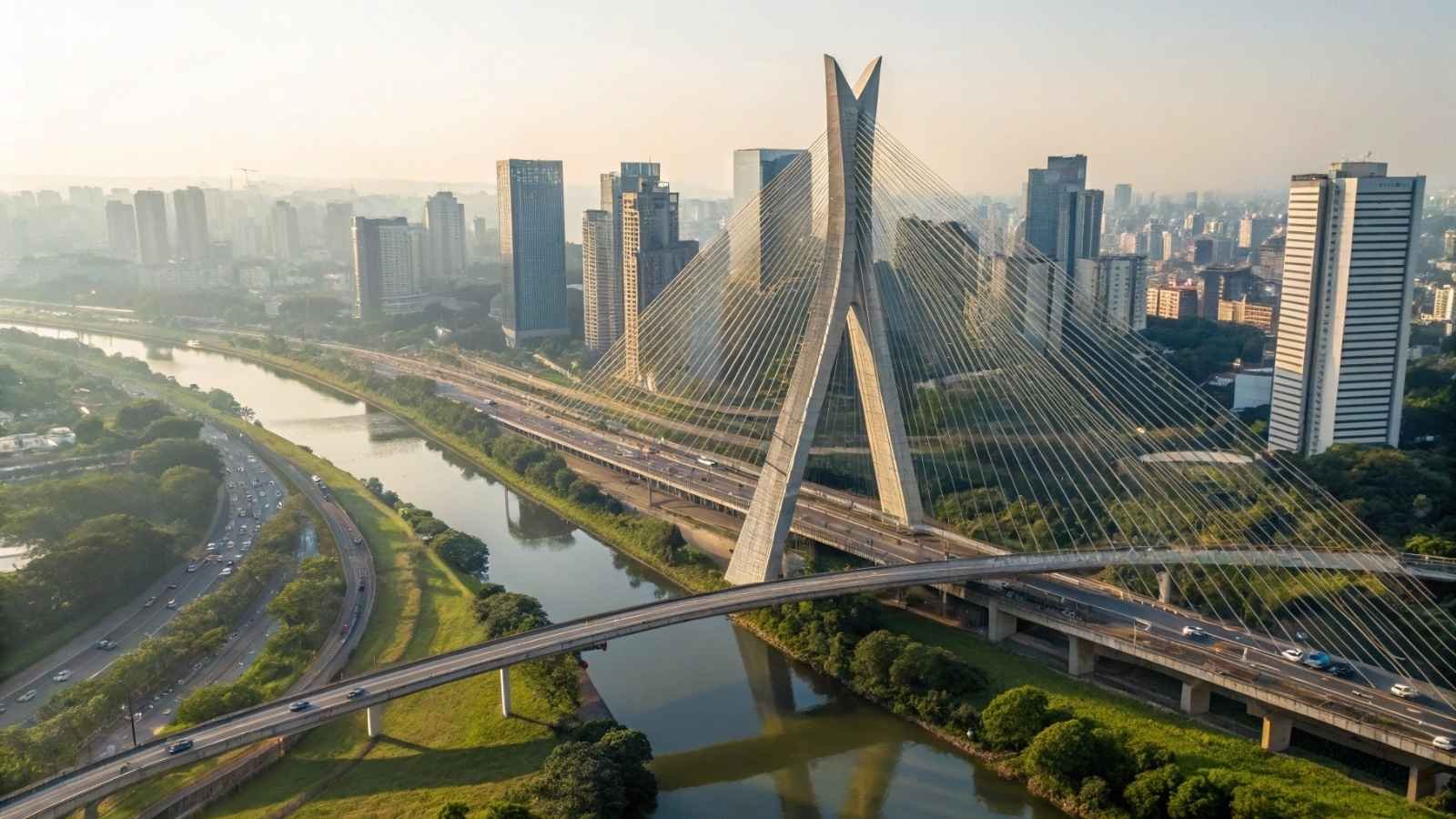
São Paulo doesn’t try to charm you with beauty—it overwhelms you with energy. This sprawling metropolis is the largest city in South America, often dismissed as gray and overcrowded. But scratch the surface, and you’ll find one of the most dynamic cultural hubs in the world.
Food is where São Paulo shines brightest. With massive immigrant communities—Italian, Japanese, Lebanese, and more—the city has an unmatched culinary diversity. You could eat sushi in the morning, pizza at lunch, and Brazilian feijoada for dinner without ever leaving your neighborhood.
Art and nightlife are complete. From the cutting-edge galleries on Avenida Paulista to samba clubs that keep dancing until dawn, São Paulo is a place that thrives on rhythm. It’s not conventionally beautiful, but it’s endlessly captivating.
- Best months to visit: March–May, September–November
- Known for: Food diversity, cultural melting pot, nightlife
- Nearby highlights: Ibirapuera Park, São Paulo Museum of Art, coffee plantations
- Budget tip: Lunch buffets (“por kilo” restaurants) offer affordable, excellent meals
14. Istanbul, Turkey
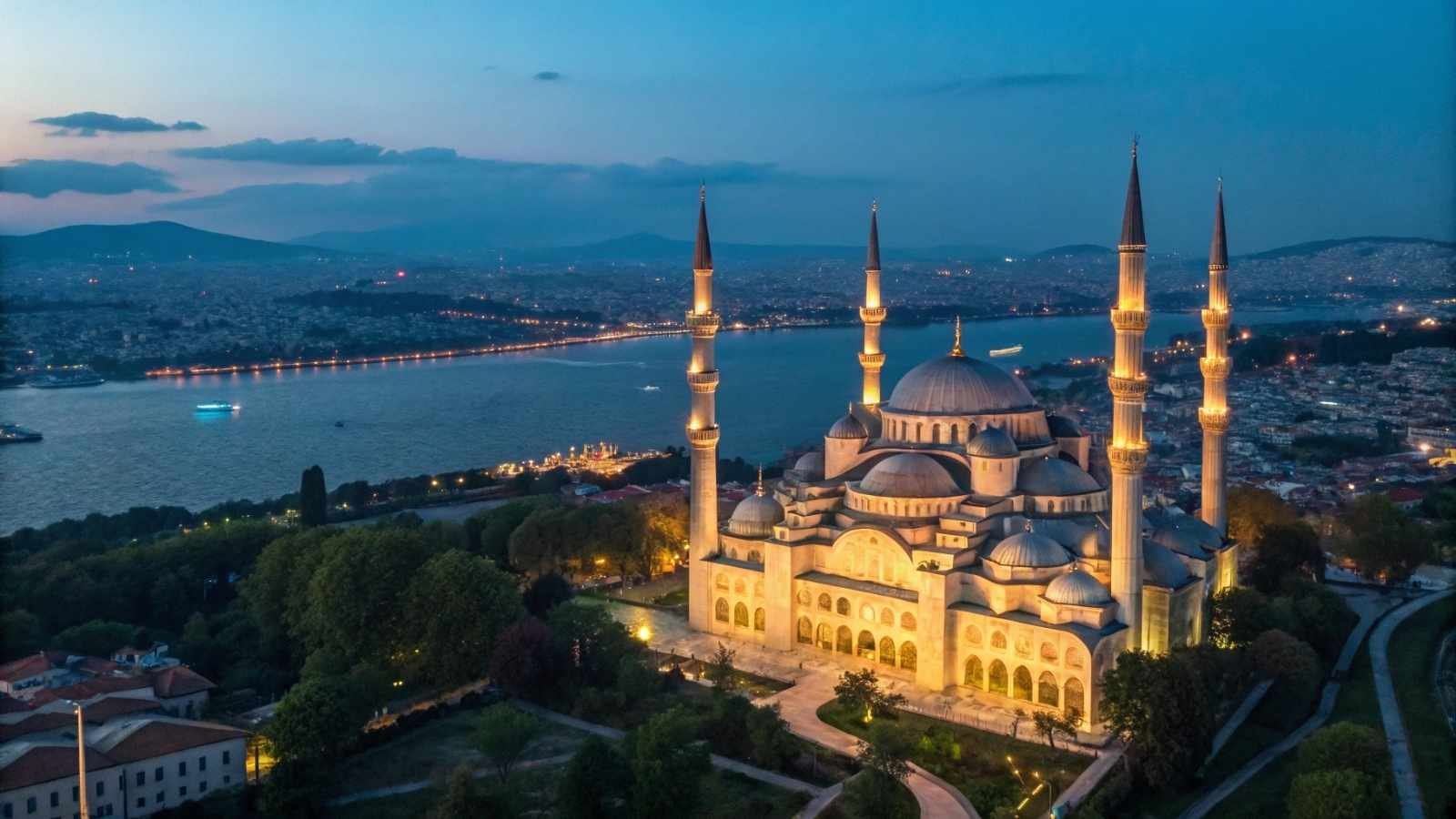
Straddling two continents, Istanbul is anything but plain, yet some dismiss it as chaotic or overwhelming. That chaos, though, is part of its magic. The call to prayer echoes across rooftops, ferries shuttle across the Bosphorus, and markets brim with spices and fabrics. Few cities feel this alive.
The city’s history is staggering. Hagia Sophia, the Blue Mosque, and the Topkapi Palace are landmarks that shaped civilizations. But beyond the famous sites, Istanbul thrives in the details—tea houses where locals gather, hidden courtyards, and bazaars where bargaining is an art form.
The blend of cultures—Ottoman, Byzantine, European, and modern Turkish—makes every corner surprising. Istanbul doesn’t just bridge continents; it bridges time itself.
- Best months to visit: April–June, September–October
- Known for: Hagia Sophia, bazaars, Bosphorus views
- Nearby highlights: Princes’ Islands, Cappadocia (short flight), Bursa
- Budget tip: Take local ferries instead of tourist cruises—they’re cheap and scenic
15. Bucharest, Romania
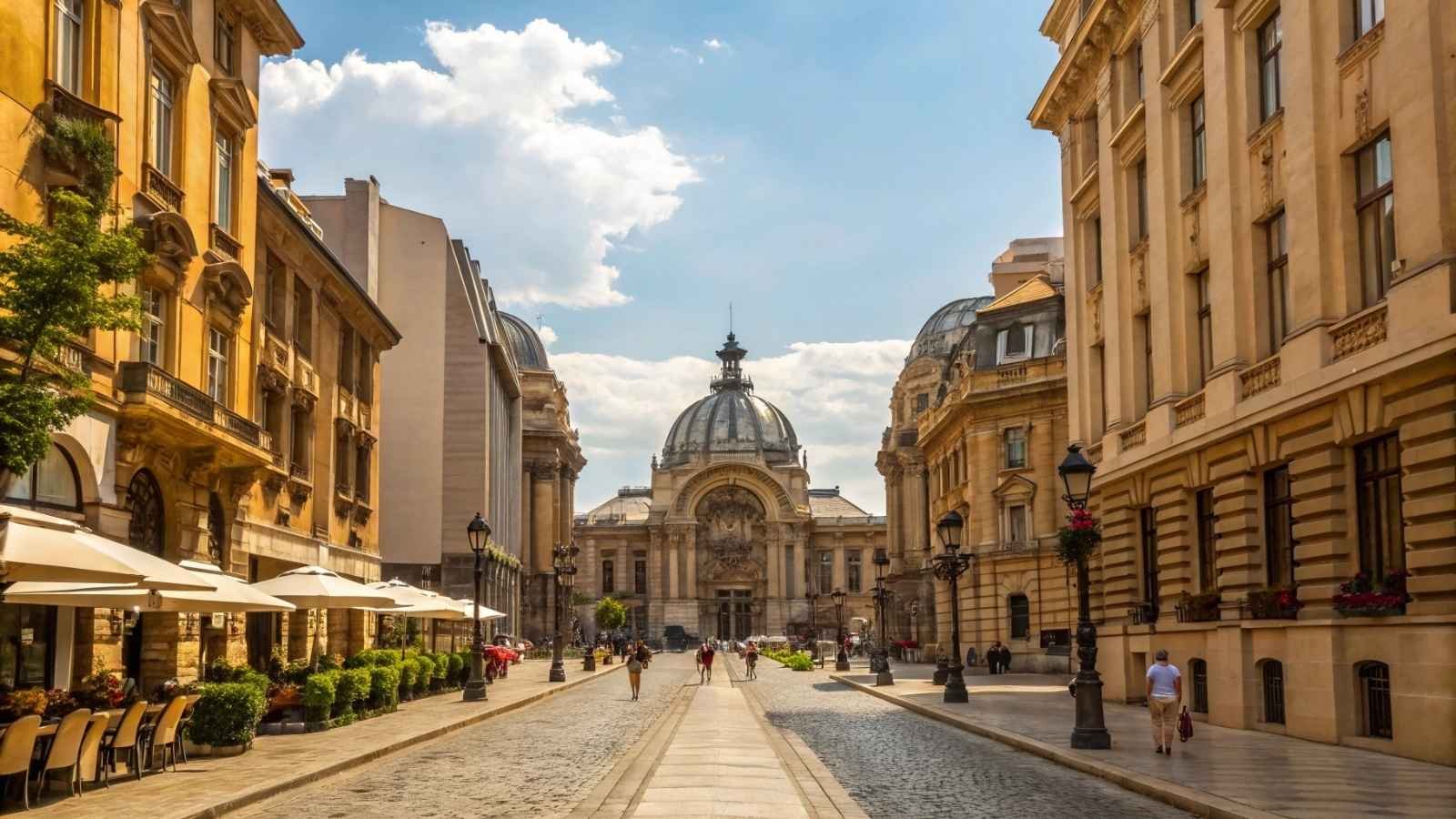
Bucharest has long carried the nickname “Little Paris,” but today it’s more about contrast than comparison. Wide boulevards sit alongside crumbling communist blocks, and hip cafés pop up inside old villas. The mix can feel jarring, but that’s what gives the city its edge.
The café culture here is outstanding, with a young, creative energy that spills into bookshops, bars, and clubs. The Old Town buzzes at night, but by day, you’ll find hidden gardens and quirky museums. Bucharest may not scream beauty, but it speaks authenticity.
History lovers will find plenty, too—from the massive Palace of the Parliament to tucked-away Orthodox churches. Bucharest is a city of layers, and discovering them feels like uncovering secrets.
- Best months to visit: May–September
- Known for: Old Town nightlife, communist history, café culture
- Nearby highlights: Transylvania, Bran Castle, Carpathian Mountains
- Budget tip: Public transport is cheap, but walking reveals the city best
16. Jakarta, Indonesia
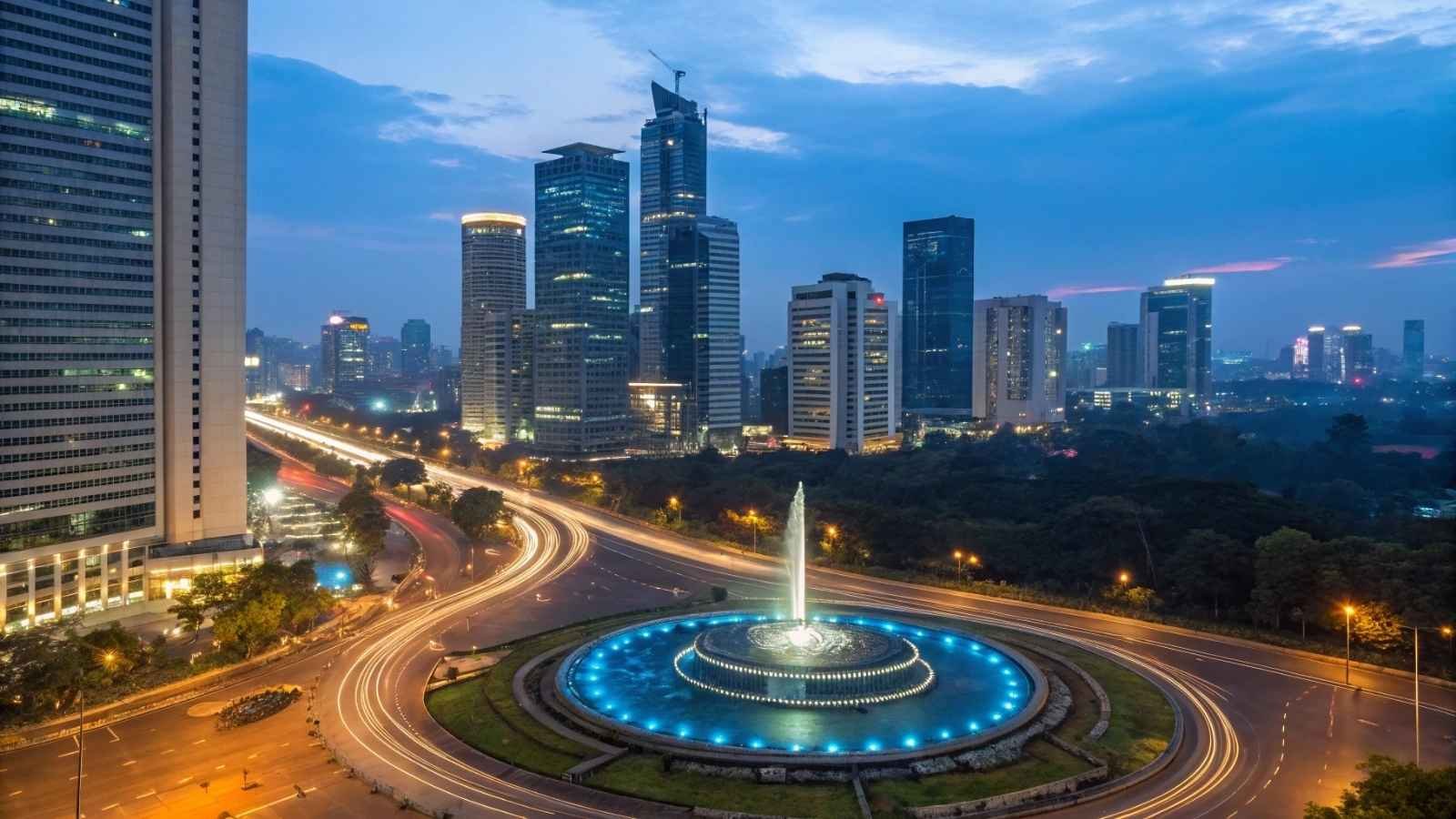
Jakarta is often skipped by travelers heading straight to Bali, dismissed as too congested or hectic. But those who give it time discover a city brimming with character. With over 10 million people, Jakarta is Indonesia’s beating heart—messy, crowded, but full of unexpected delights.
The food is a highlight. From bustling night markets serving satay and nasi goreng to trendy restaurants offering modern Indonesian fusion, eating here is both affordable and adventurous. Jakarta’s street food scene is one of Asia’s most underrated.
Beyond food, the city offers cultural depth. Traditional wayang (shadow puppet) performances, colonial-era buildings in Kota Tua, and vibrant neighborhoods all reflect Jakarta’s layered identity. It may not be paradise in the usual sense, but it’s paradise for those who love discovering the real, unfiltered soul of a city.
- Best months to visit: June–September (dry season)
- Known for: Street food, vibrant nightlife, cultural diversity
- Nearby highlights: Thousand Islands (Pulau Seribu), Bogor, Yogyakarta (short flight)
- Budget tip: Use ride-hailing apps—they’re cheap, reliable, and save you from chaotic traffic negotiations





